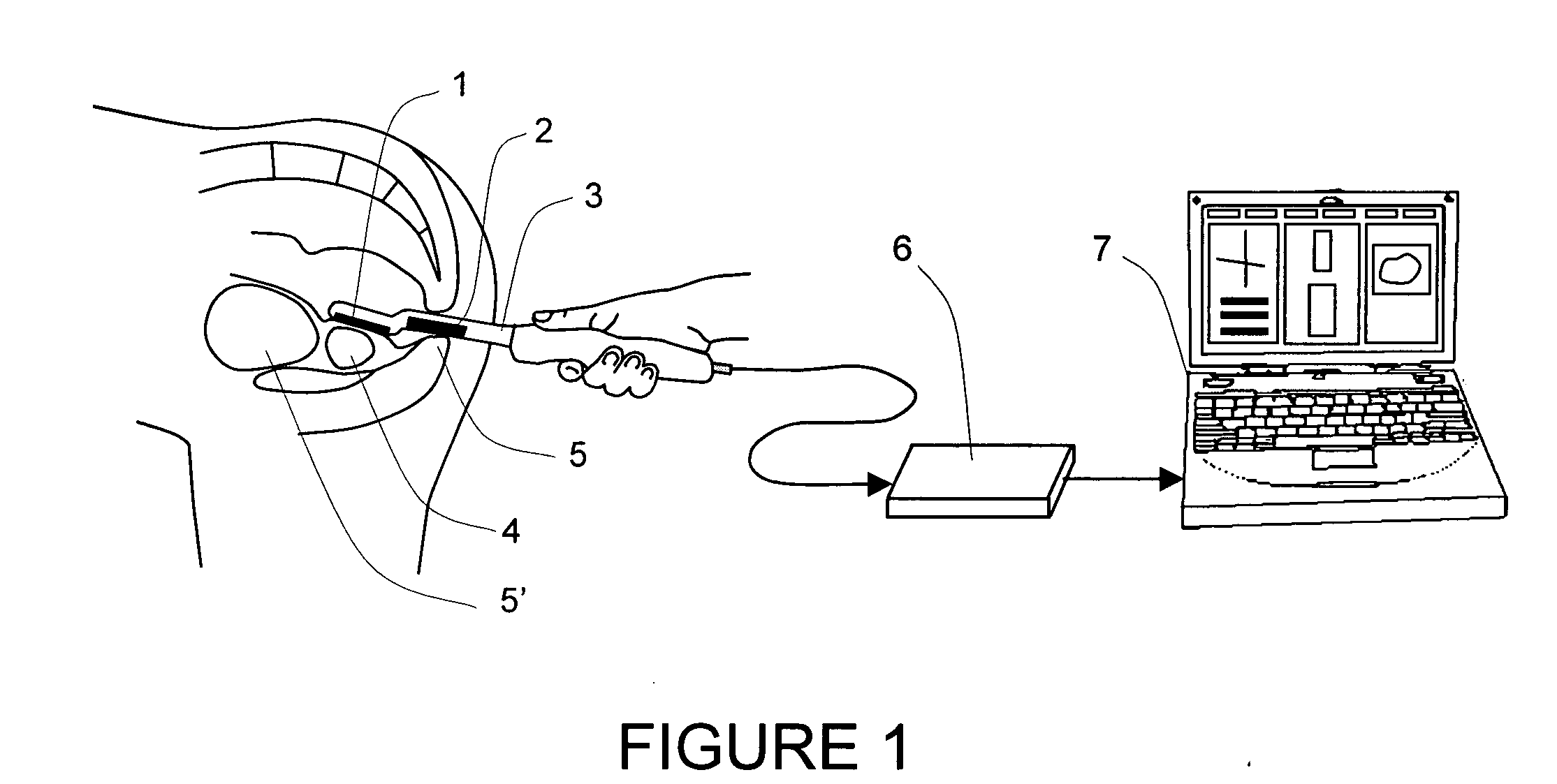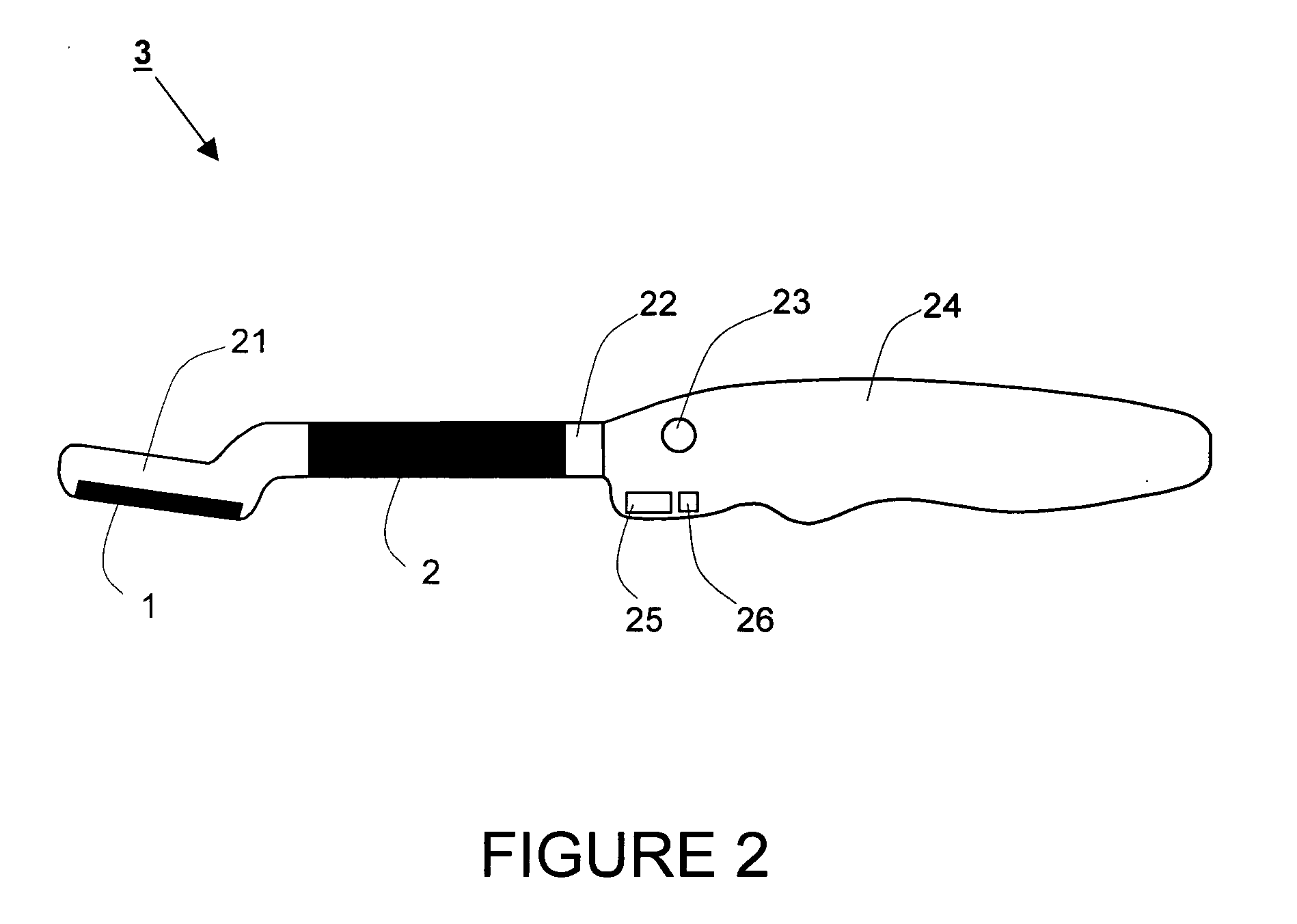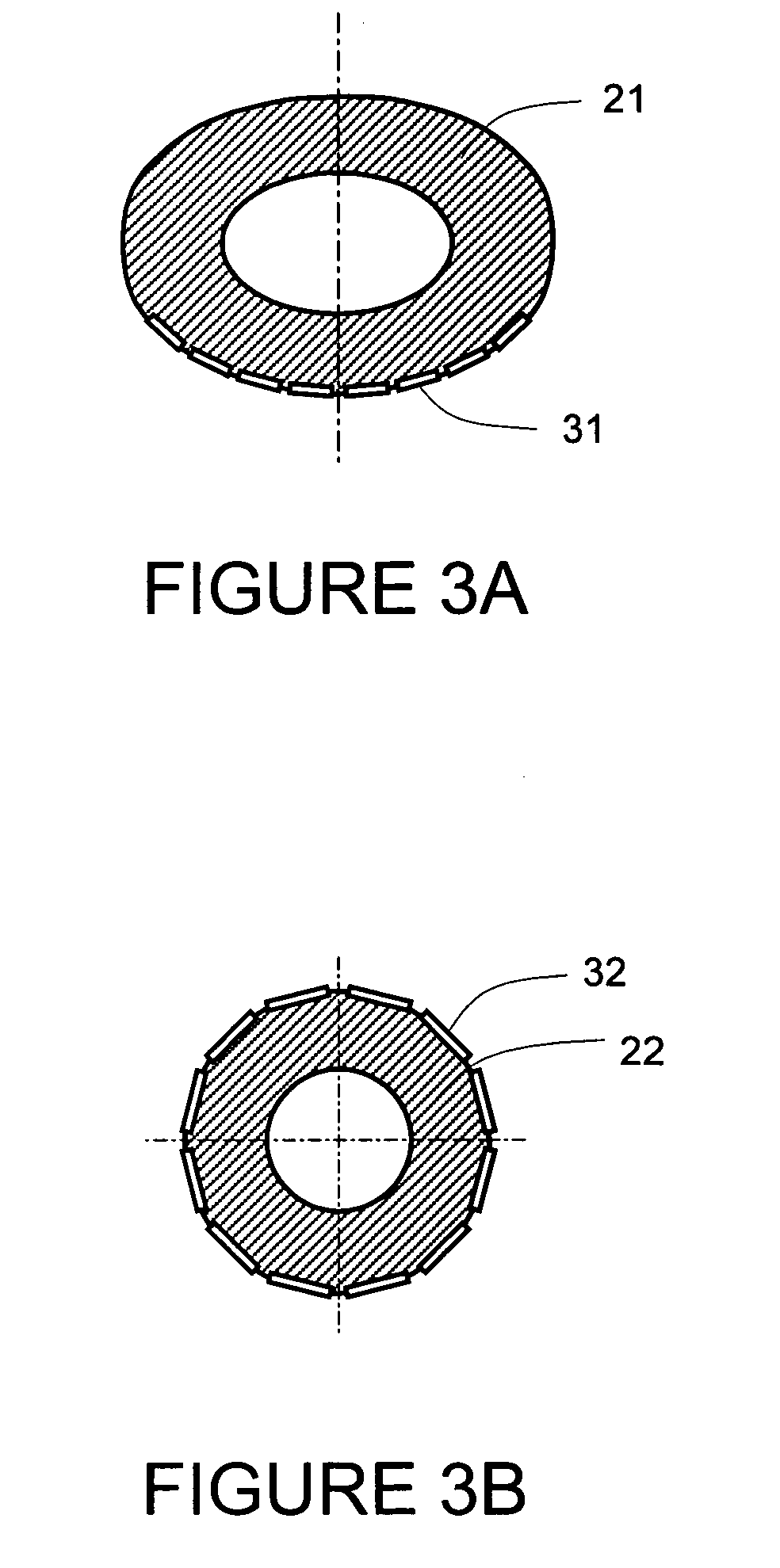Method and device for real time mechanical imaging of prostate
a mechanical imaging and prostate technology, applied in the field of medical devices, can solve the problems of small improvement in prostate cancer detection, disappointing experience with trus as a means of prostate cancer screening and staging, and inability to justify the cost of small improvemen
- Summary
- Abstract
- Description
- Claims
- Application Information
AI Technical Summary
Benefits of technology
Problems solved by technology
Method used
Image
Examples
Embodiment Construction
[0050]A detailed description of the present invention follows with reference to accompanying drawings in which like elements are indicated by like reference letters and numerals.
[0051]Referring now to the drawings, FIG. 1 is a schematic view of a preferred embodiment of a device for generating a mechanical image of a three-dimensional prostate volume from pressure response data corresponding to a scan of the prostate. The device comprises the following major elements:[0052]a transrectal probe 3 with incorporated two-dimensional head pressure sensor array 1 for receiving pressure response data for the prostate 4 and shaft pressure sensor array 2 for receiving supplemental pressure response data for a sphincter area 5,[0053]electronic unit 6, and[0054]a processing and displaying means 7, which may be for example incorporated into a compact personal computer.
[0055]The prostate examination is performed using the following general steps. The patient is instructed to take off all clothes ...
PUM
 Login to View More
Login to View More Abstract
Description
Claims
Application Information
 Login to View More
Login to View More - R&D
- Intellectual Property
- Life Sciences
- Materials
- Tech Scout
- Unparalleled Data Quality
- Higher Quality Content
- 60% Fewer Hallucinations
Browse by: Latest US Patents, China's latest patents, Technical Efficacy Thesaurus, Application Domain, Technology Topic, Popular Technical Reports.
© 2025 PatSnap. All rights reserved.Legal|Privacy policy|Modern Slavery Act Transparency Statement|Sitemap|About US| Contact US: help@patsnap.com



